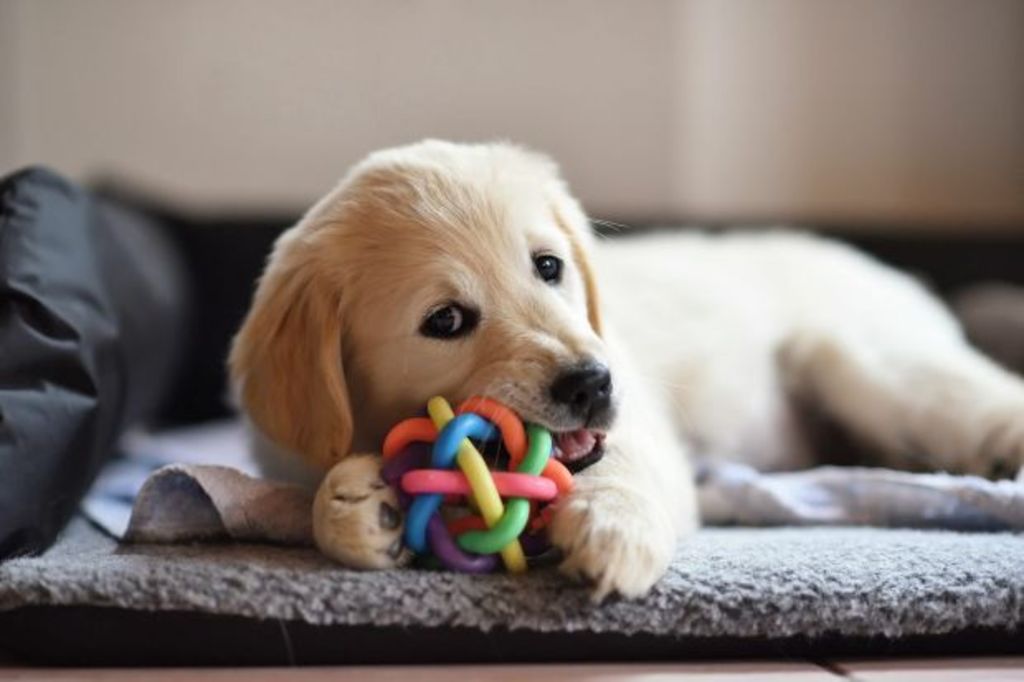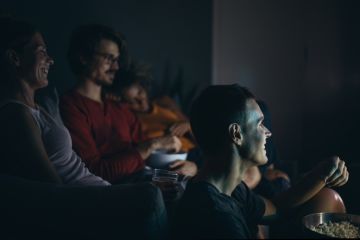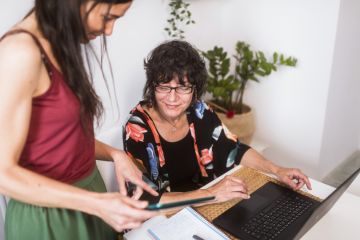How to puppy-proof your home

Whether you’re an old hand or a novice there are things you need to know before you bring the whirlwind of furniture destruction, chewed shoes, and ruined carpets that is a puppy into your home.
Luckily, we’ve done the legwork for you so you can spend more time with your new furry friend and less time trying to ensure grandma’s hand-me-down chair cushions don’t meet their demise at the ends of sharp claws and hungry teeth.
Check and prepare – inside and outside
Puppy development team leader at Guide Dogs Victoria, Drew Baxter, suggests doing a house walkaround before introducing a new dog to a home.
He says to look outside, where the dog will go to do its business, to identify any under-house or under-deck access, baits or poisonous plants, or ponds, pools, or pits.
He also recommends figuring out what parts of the house you want the pups to have access to in their early stages of life and where they are going to sleep and go to the toilet.
Baxter says any hazards identified should be fenced in or just taken out, with particular care needed to be taken with pool fences because small dogs can simply squeeze right through.
Guide Dogs Victoria recommends the use of an exercise pen to create a place dogs can hang out but not as a sleeping area.
He says the laundry is typically the place they recommend pups sleep, but special care needs to be made to ensure that no bleaches, tabletop cleaners, or soaps are within dog distance.
“It’s a sterile area with nothing to chew,” he says.
This view is echoed by RSPCA Australia’s Dr Bronwyn Orr, who says “Dogs need a clean, comfortable and safe place to sleep, that can be their own ‘spot’.”
Dr Orr says that ideally puppies should sleep indoors, but when that’s not possible they should be provided with a well-built and well-furnished weatherproof kennel with appropriate bedding.
“It should be warm, off the ground and draught-free, protected from the sun, and should contain comfortable bedding,” she said.
You’ll also need a bowl for food and water and food to go with it all, whether it’s a collapsible bowl or an indestructible bowl, it’s worth getting something the dog can grow into.
Avoid your carpet becoming a chew toy
Rooms with cables, carpet and clutter are rooms best left dog-less in the early days of a puppy in your life, so say our experts.
Guide Dogs Victoria’s Tim Baxter says: “If there’s a room with lots of cables we’ll say puppies shouldn’t have access, that goes the same for kids’ bedrooms that aren’t going to get cleaned up.”
“Carpet, chewing on the corners, we’ll warn [pet owners] on those things. We’ll point out chair legs and tables as a target for chewing,” he says. “Once they get over their teething stage they generally stop doing it.”
“We suggest people take up rugs, or put barricades up to carpeted rooms. We’ve had times when carpet has caused allergy issues.”
This view was echoed by Dr Orr, who said chewing could be best managed by ensuring your dog has access to “plenty of safe chew toys”.
“Prevent access to objects that you really don’t want your dog to chew on, and make sure they have company as much as possible,” Dr Orr said.
“Look around the house for items at high risk of chewing and place them out of access of your puppy.”
We recommend
We thought you might like
States
Capital Cities
Capital Cities - Rentals
Popular Areas
Allhomes
More







